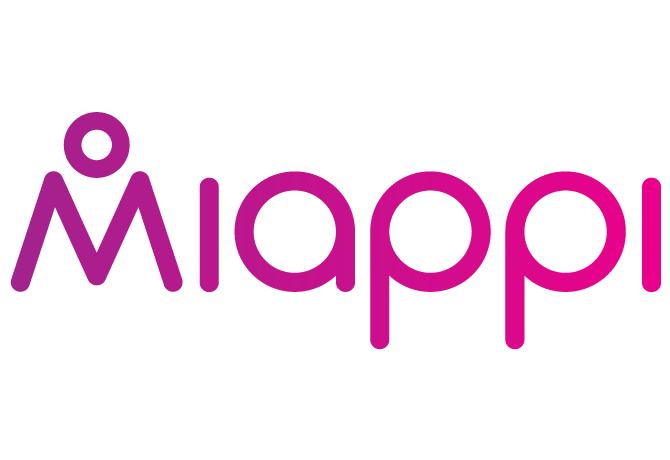5 authentic ways to use brand influencer marketing
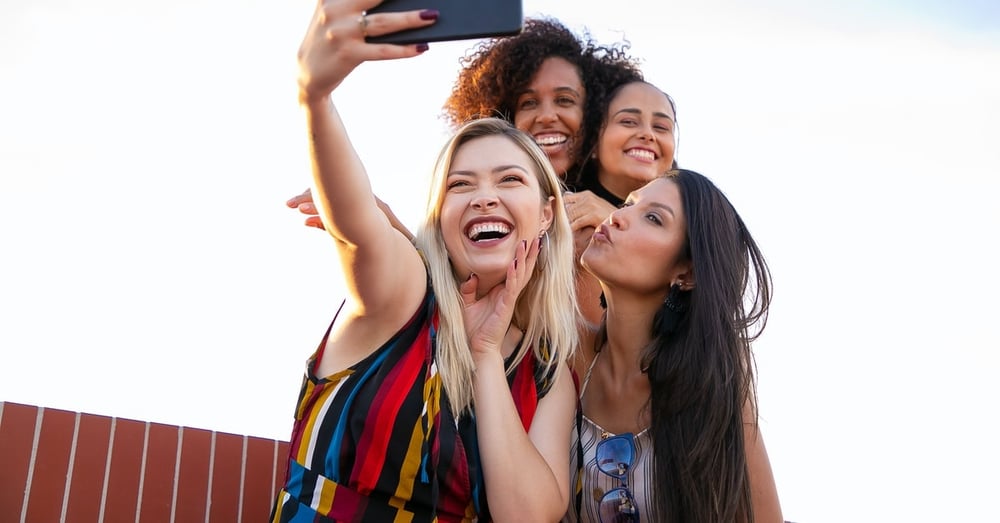
What are brand influencers, and how can involving them in your marketing help make your campaigns more authentic?
A popular way to add some authenticity to a campaign is to partner with a brand influencer. Influencers are individuals with large online followings who brands pay to market their product to their audience.
Despite coming from humble beginnings, influencer marketing strategy is considered by many to be the antonym of authenticity. While there’s certainly criticism to be had, such as the low engagement rate many social media influencers see despite their reach, there’s more to the industry than the perfectly airbrushed photos popularised by mainstream influencers.
Word of mouth and social proof are evocative types of marketing on which influencer based marketing relies heavily, leaning on our human desire to be part of something and our unwavering trust in what our peers tell us. This is evident in the way we shop; 23% of consumers gain trust in a brand based on advertising, compared to the 39% who do from peer conversation.
Recruiting authentic brand influencers
Smaller brand influencers (which can be split into 3 types of influencers: micro-influencers, nano influencers and everyday superfans) retain a level of authenticity that shouldn’t be overlooked. They are, for the most part, everyday people taking to the internet to talk about brands they love (even when they aren’t paid to say that).
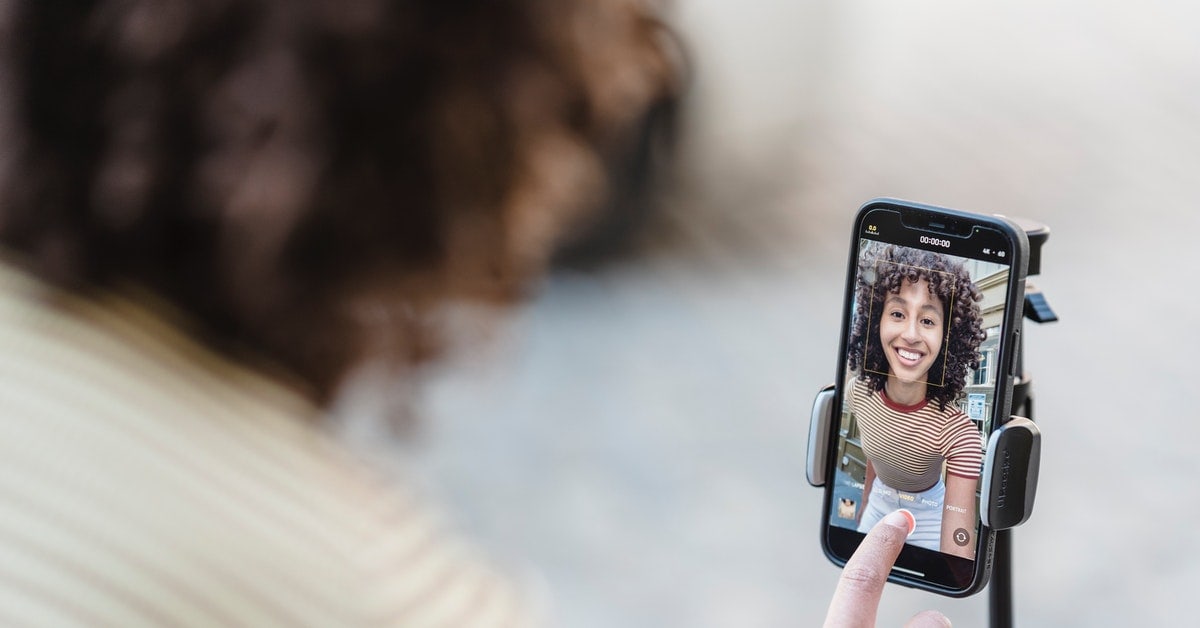
5 ways to gain trust with influencer programs in 2021
Here are 5 ways you can engage with brand influencers in a way that is genuine and boost your growth:
1. Brand influencer social media takeovers
Instagram’s Stories feature is popular in these scenarios because the 10-second videos produced are more informal than in-feed posts, temporary (Stories disappear after 24 hours) and feel authentic, encouraging conversation.
Having an influencer take over your account with full access feels especially authentic because they are running the show. This can create a connection with audiences on a social media channel that typically has no face or engagement that feels human.
Takeovers are effective because they make the most of two audiences. The influencer encourages their fans to follow them over to the brand’s page, and the brand’s existing followers are treated to something new. A change of pace is exciting, and the limited time frame creates a sense of urgency to act on the campaign’s call to action.
Example 1: CALGARY STAMPEDE – Social media takeover
A contest was hosted across social media which asked locals to post pictures from The Calgary Stampede, a city-wide party, with the hashtag #InstaStampede. Nine of the best photographers were chosen to take over the Calgary Stampede Instagram account for one day. During the takeover, additional winners were awarded tickets, vouchers and gift cards.
Calgary promoted a feeling of community spirit and that showed its citizens are its greatest asset. The city continues to use this technique on its Life in Calgary Instagram, inviting a different resident to take over the account each week.
2. Casting brand influencers in marketing materials
Diverse casting shows that your business is socially aware and cares about being representative of your audience. By failing to be inclusive in your content, you risk alienating consumers who are tired of not being represented in mainstream media.
Example 2: BUMBLE – Get influencers to represent your brand
The users who appeared in the campaign came from all walks of life and were found through in-app initiatives which called on users to apply. Everyone in the campaign could be found on Bumble and were a highly diverse group, representative of Bumble’s user base.
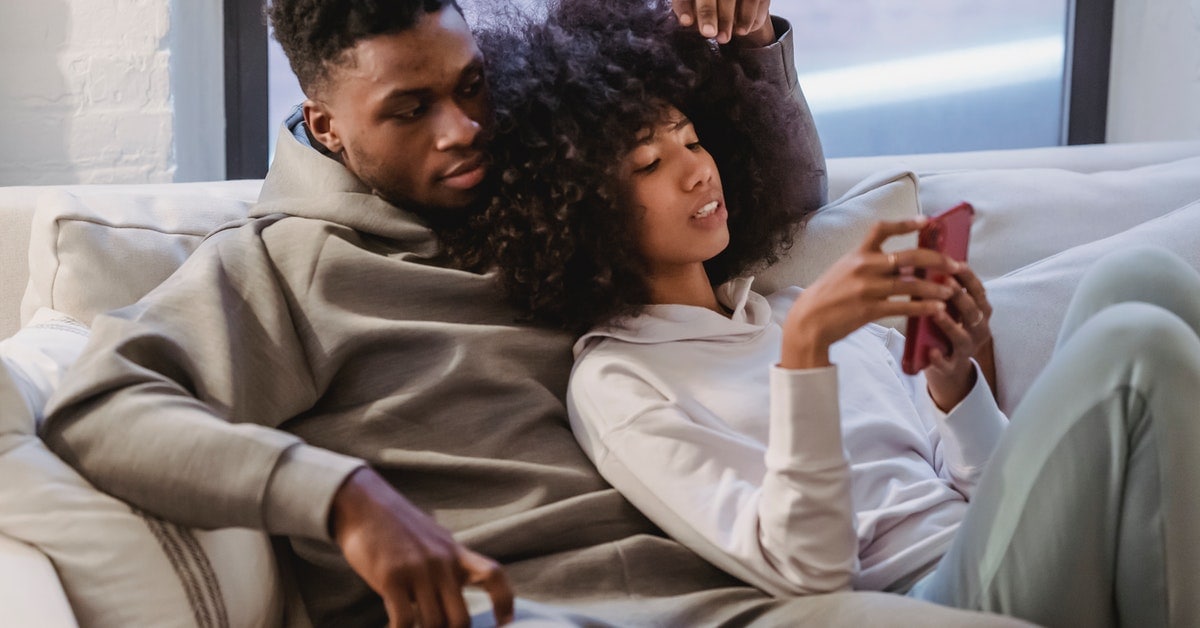
3. Seek feedback from fans and brand advocates
Give your users a chance to weigh in on improvements to your product or service, future launches and even marketing campaigns by asking for their feedback.
While feedback isn’t necessarily marketing, conducting consumer research is a key step to take before committing to any strategy. Plus, feedback initiatives go a long way towards promoting authenticity in all areas of business.
A subset of the ‘social influencers’ category is a brand’s everyday superfans. These are individuals who really care about your business; it’s important to nurture this relationship as they’re always keen to spread the word, recommending brands to their friends and sharing reviews online and improving brand awareness.
Investing time in engaging directly with consumers to uncover their desires and making changes based on their needs can really help improve your brand. Feedback can be gathered via surveys, workshops and co-creation initiatives.
Example 3: IKEA – Engage with your consumers
If IKEA liked a design, participants could be ethically rewarded with cash and potentially seeing their ideas hit the showrooms.
4. Offer brand influencers exclusive access to experiences
A more authentic twist is to provide exclusive fan events. Benefits have to go both ways, and one great way to reward fans for their support is to host exclusive experiences. These unique events encourage engagement and build a sense of community. Attendees will often take photos and videos documenting their experiences, or write up reviews, blogs or discuss the event on social media afterwards, providing additional authentic content that goes beyond the call of duty.
Example 4: CLINIQUE AND TAYLOR SWIFT – Host exclusive experiences
Using the hashtag #FindmyID, they invited brand influencers to share their own stories on social media. The influencers visited five destinations over twelve days, where they engaged in activities that showcased how effective Clinique’s products were.
The content produced at these events was shared widely across Clinique’s branded channels and the influencers own accounts. It resulted in upwards of 2,000 pieces of content shared across 14 markets, well above what the influencers were contracted to produce.
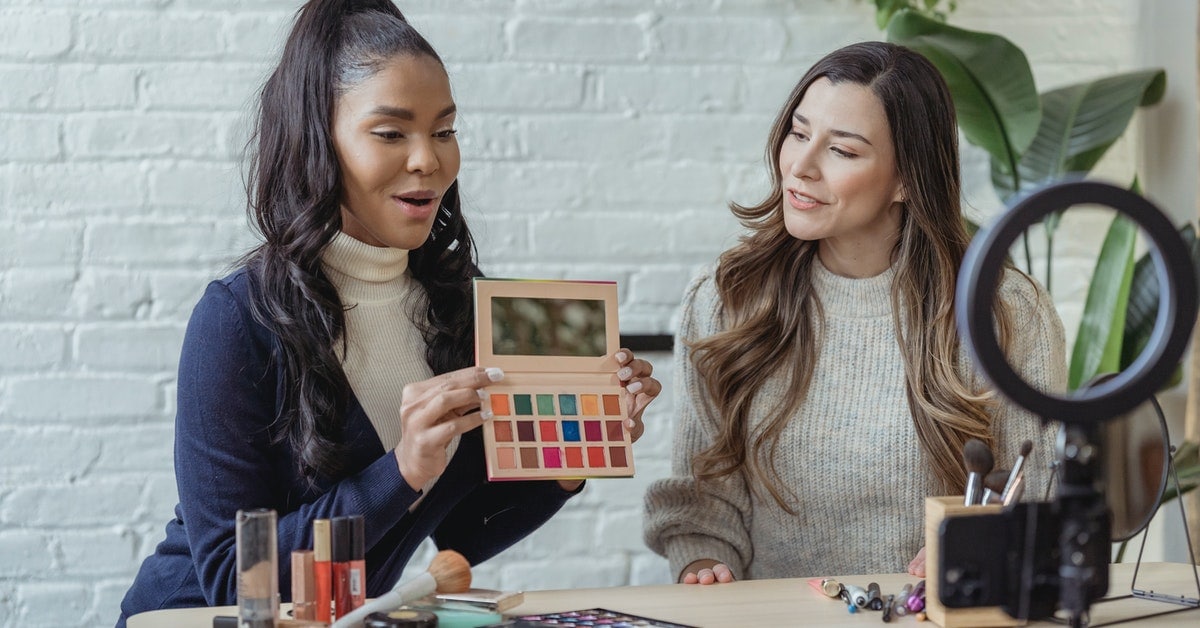
Events can also be created specifically for fans. Taylor Swift is well-known for her Secret Sessions, which see superfans invited to an exclusive preview of her next album. She’s even invited small groups into her home.
Swift has curated a tight-knit community by being authentic and allowing superfans to join her in these experiences. Fans are chosen directly from social media, and the events always create a buzz of anticipation once attendees begin hyping up the upcoming album on their profiles — a win-win situation.
Events can also be used to ethically reward everyday brand influencers for their support by including workshops and talks that help them develop skills they desire.
5. User-generated content creation
UGC is content created by real users of a brand’s product on its behalf, providing a wide range of engaging, unique assets from photography to films to written pieces. Such content can be used in a variety of mediums, including on social media and in advertising campaigns.
Regular customers can be considered brand influencers, too, and many take to social media to share their experiences with branded products and regularly post high-quality content that brands can license.
Social media is rife with feeds made up of images generated by users or fans, including Apartment Therapy, ASOS and Glossier. Glossier’s founder attributes 90% of its revenue growth to fans and is lauded for the level of authenticity it’s retained since launch. The brand is well-known for encouraging a ‘sharing’ culture, resulting in an endless supply of amazing UGC.
In 2021, a spotlight was shone on after-dark television channel Adult Swim after it got caught up in a TikTok trend that saw users filming versions of its iconic idents. The trend caught the attention of existing fans and new audiences, with #AdultSwim accumulating over one billion views across thousands of videos. Adult Swim’s own contribution garnered over twenty-eight million views.
There are plenty of creative fans out there who are willing to become brand influencers and ambassadors for the products they love. Their efforts can be compensated by featuring their content on your marketing channels or through other ethical means. This deepens the connection with fans and creates further opportunities for collaboration.
While gathering UGC can seem like a lot of work, there’s an easy way to access an always-on supply. Miappi’s Community platform allows brands to partner with communities of creative customers, nurturing relationships in a way that provides great benefits for both parties.
How to secure authentic partnerships with brand influencers
Miappi Community helps in three easy steps: Recruit, Collaborate & Create, and Curate & Approve.
Recruit:
Social listening helps determine which communities and individuals will provide the most value, and understand how consumers are engaging with your brand via your relevant hashtags, tags and @mentions. Once you’ve identified the individuals you’d like to join your community, you invite them via Miappi’s digital platform, to a unique community experience
Collaborate & Create:
Your customers know themselves better than anyone and can help you create amazing content. Provide a brief for a project or campaign, and let their creativity flow. You can also survey fans to gain feedback on products, cast them in adverts and reward your community members in ethical, appropriate ways, such as with courses, workshops or charitable donations.
Curate & Approve:
Miappi takes the hard work out of developing an authentic marketing campaign with fans, collating UGC submissions on your behalf. Shortlisted content can be published straight to your brand channels or exported for use in marketing campaigns.
There’s no better way to build trust with your most loyal customers than by investing in their creativity and allowing them to play a meaningful role in the future of your business.
To enjoy the full value that community marketing, UGC and brand influencers can bring, check out Miappi Community.
